Spring Ricotta Tart with Edible Weeds
What better way to celebrate spring than with a flavorful spring ricotta tart with edible weeds? I used spinach and 4 other weeds for this tart, and the result is astonishing!
Spring is here, which means my garden is starting to bloom and come back to life. And because I love spending time outside, I always observe new plants and weeds that are popping up here and there and I try to come up with recipes that may include them. If they’re already there, why not make the best out of it?
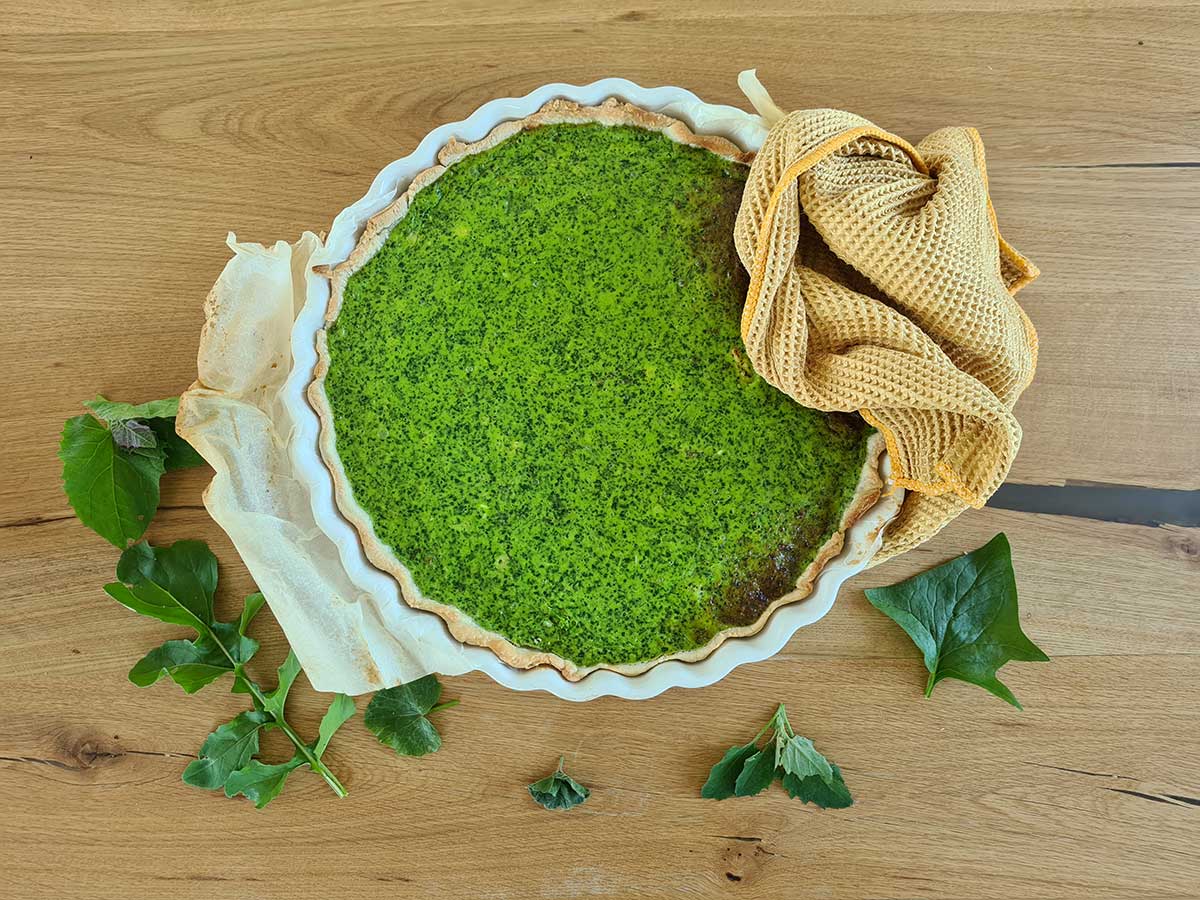
By the way, did you know that not all weeds are toxic? Some of them are edible – and you may be surprised to see that the list is quite long, although most people ignore them and don’t think they can make anything out of them.
Since I started gardening, I’ve discovered so many edible weeds! Now my garden is full of them and I want to tell you all about the 4 common weeds I’ve used for this recipe!
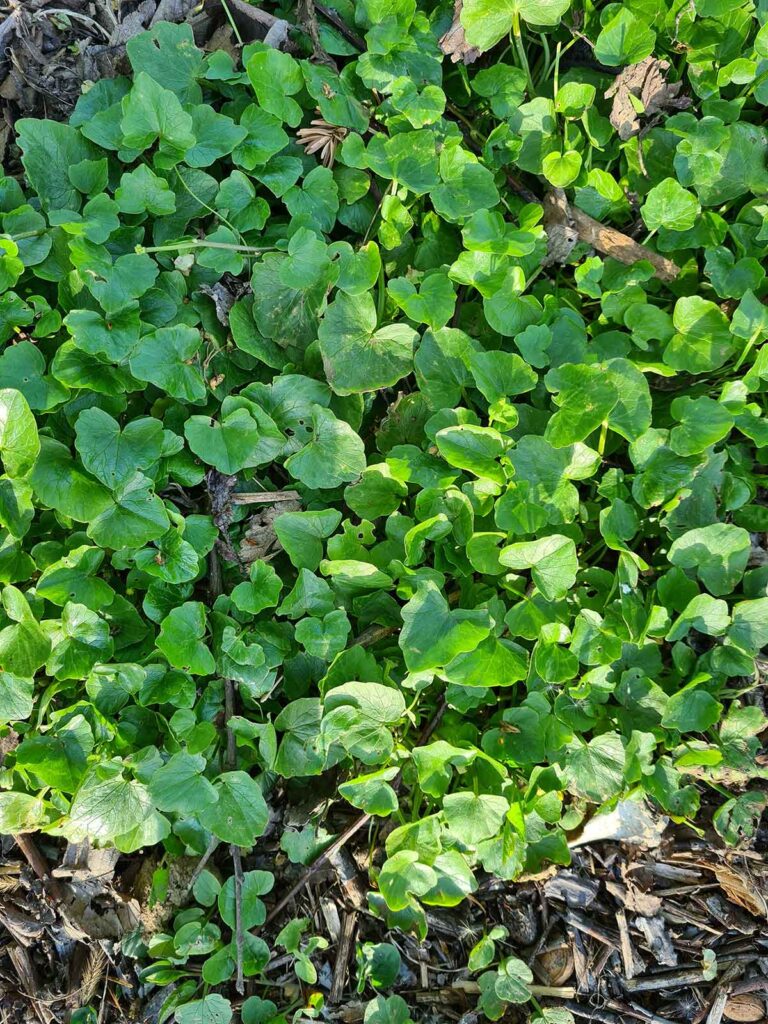
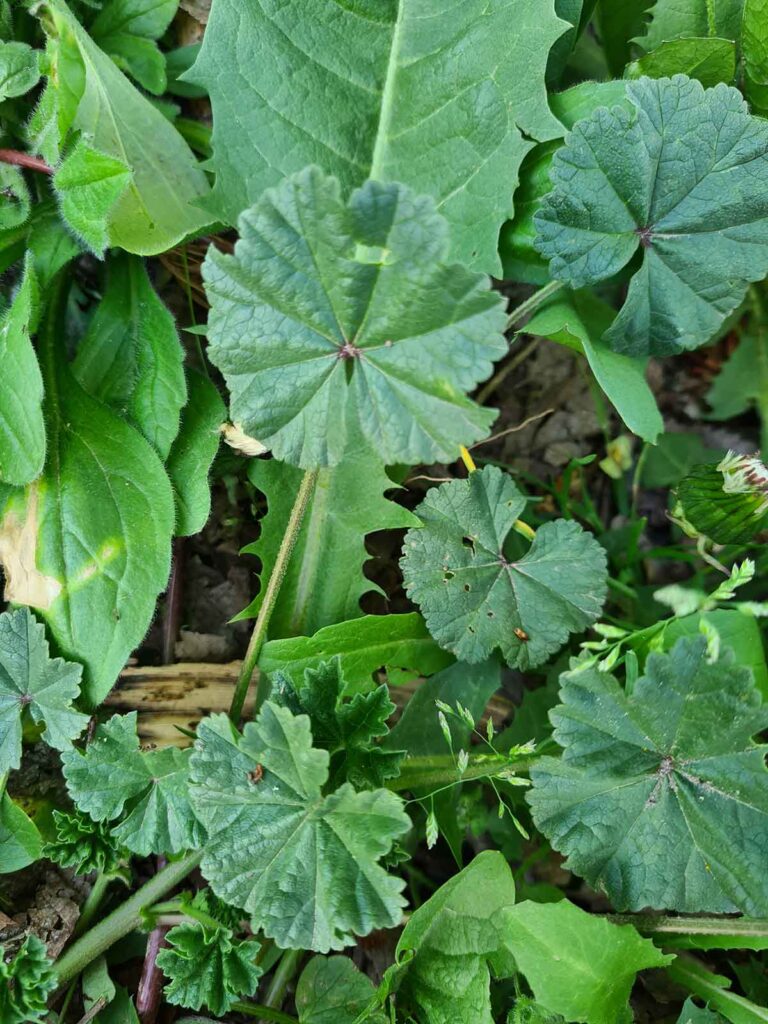


- Watercress – this is probably the most popular edible weed that I used in this spring ricotta tart, so I’m starting with it. Also known as yellowcress, watercress is an aquatic plant part of the cabbage family. It’s best eaten raw and it’s rich in antioxidants that can help with lowering the blood pressure and the risk of a heart attack. Watercress has a taste that’s slightly peppery, similar to mustard greens. If the plant is mature, its taste can get a little bitter, but it will fade if you cook it. Watercress is an excellent addition to soups or stews – or in a tart!
- Cheeseweed / Mallow – Cheeseweed, also called “little mallow”, is a hairy, short-lived perennial plant. Its name comes from the shape of the seeds pod, which is similar in shape to a wheel of cheese. It can grow in many places, including the proximity of buildings, and has been used in herbal medicine for decades now. Unlike watercress, cheeseweed doesn’t have a specific taste, but it’s highly nutritious, especially rich in vitamin A.
- White goosefoot / Chenopodium album – In some places, white goosefoot (also known as wild spinach) is known as being a simple weed, but in my country, it’s popular for its nutrients: lots of vitamins (A and C) and minerals such as iron, magnesium, and more. Moreover, it’s rich in fiber and protein – that’s awesome! This plant is not called “wild spinach” for nothing – its taste is pretty similar to spinach, especially the small, new leaves.
- Garden orache / Atriplex Hortensis – This plant is also known as French spinach or mountain spinach and it’s part of the amaranth family. In fact, centuries ago garden orache was more popular than spinach! Its taste is similar to chard, but saltier – which is pretty interesting for an edible weed. This is because its leaves preserve the minerals from the soil. You can consume orache raw or cooked, as you would do with chard or spinach.
Now that I’ve made the introductions, let’s get back to today’s recipe: a delicious spring ricotta tart! 🙂
I used Matador spinach as the main ingredient for this tart’s filling – around 80%. I planted it in my garden last autumn and I really like it! The rest of the 20% is made of the 4 edible weeds I’ve mentioned before.
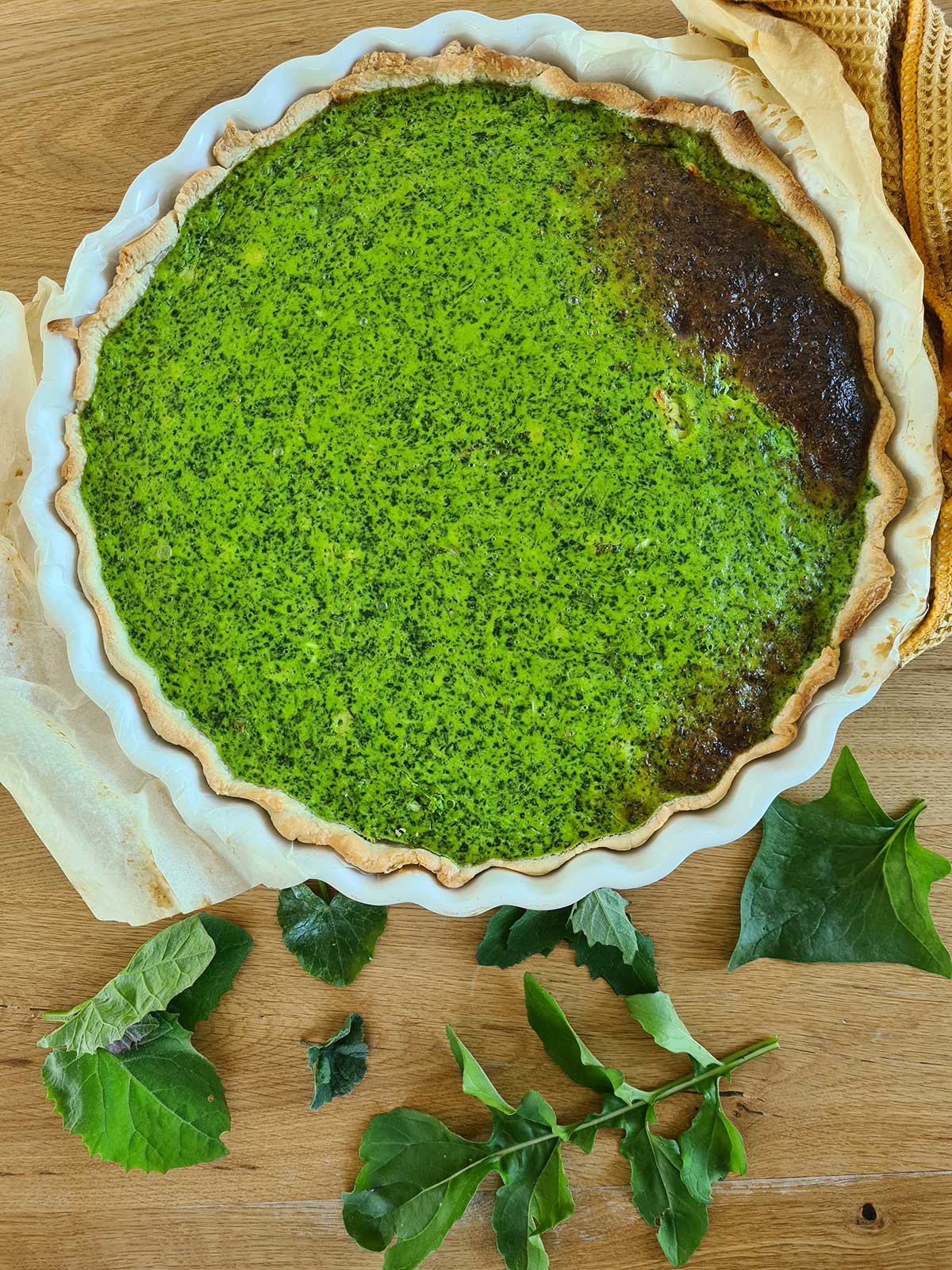
I also added some spring onion and green garlic for a touch of freshness. I’ve actually found some that grew spontaneously in my garden from the bulbs left in the ground last year. I didn’t take out the new ones yet, so I can say that this tart is mainly made out of… scraps! 🙂
In order to speed things up, you can use store-bought tart dough – it comes in super handy for this recipe! Of course, you can also make your own if you want – the process is pretty simple and super satisfying. You can find the step-by-step instructions and ingredients in the recipe card below.

Another quick note about the filling mixture: Because Costin, my husband, is working out and his meals have to be a bit higher in protein, I replaced the flour or starch I would normally use in this recipe with protein powder in order to make the composition “coagulate” or stick together.

Now I only have one thing left to say: this spring ricotta tart with edible weeds really surprised me! It’s extremely delicious and super easy to make, even though I listed some ingredients with complicated names here. In case you don’t have access to them or you’re not passionate about edible weeds, you can omit them and simply use spinach for the greens.
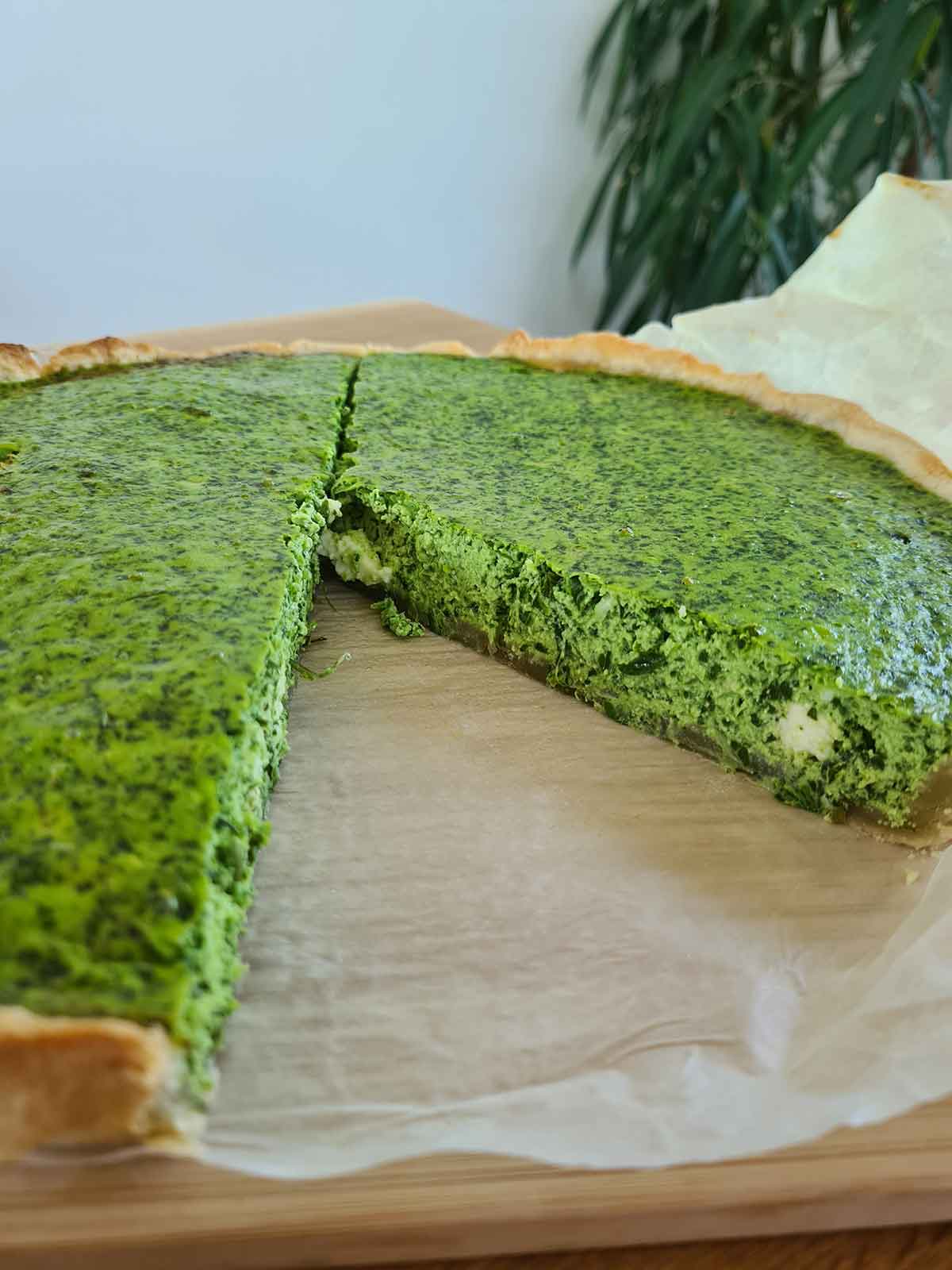
This being said, I’ll leave you with the step-by-step recipe below. I’m really curious about your opinions on this unique recipe, so make sure you don’t forget to leave a comment down below!
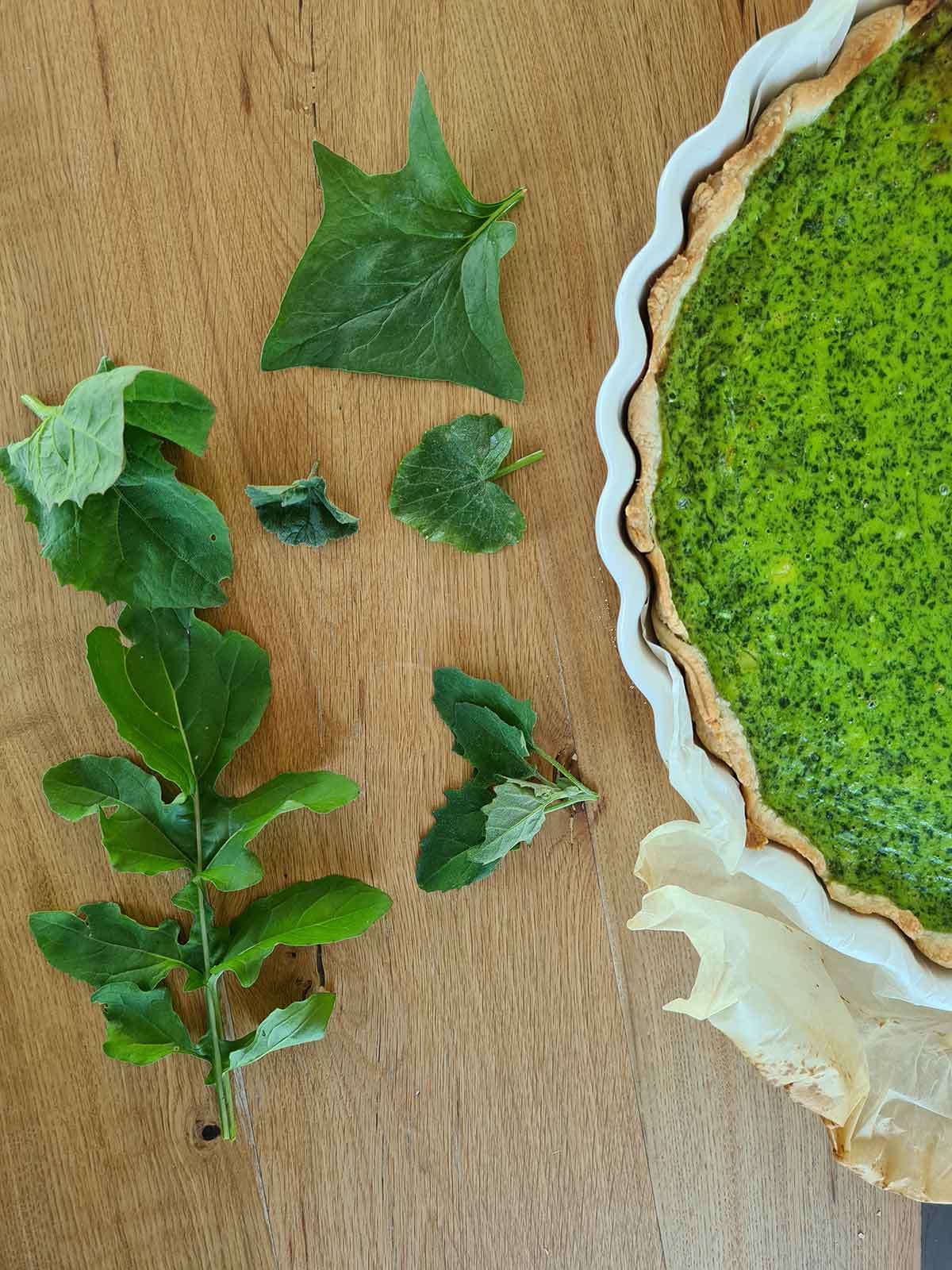
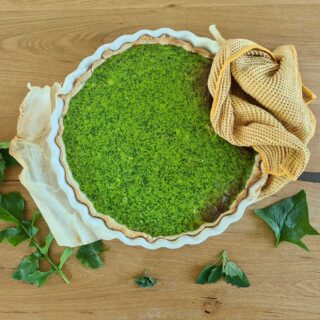
Spring Ricotta Tart with Edible Weeds
Ingredients
For the savory tart dough:
- 180 g 1 1/2 cups all-purpose flour
- 80 g ⅔ cup whole grain flour
- 80 g 1/3 cup butter
- 80 ml 1/3 cup ice cold water
- ½ tsp salt
For the filling:
- 500 g 17 oz ricotta
- 300 g 10.5 oz spinach
- a handful of edible weeds – watercress cheeseweed, arugula, chenopodium album, orache
- 150 g old cows cheese crumbled
- a couple of spring onion and spring garlic
- a handful of parsley and dill
- 3 eggs
- 120 g 4 cups Pure Whey protein powder from Gym Beam – if you don’t want a high protein tart, you can replace it with flour
- salt and pepper to taste
Instructions
For the savory tart dough:
- Add all the savory tart dough ingredients, except for the ice cold water, to a food processor and process on medium speed.
- Gradually add the ice cold water, and when the dough has compacted, turn off the food processor.
- Move the tart dough on the work table which was previously lightly powdered with flour and knead it for about 1 minute, until smooth.
- Wrap the dough in plastic wrap and put it in the fridge for about 30-45 minutes before using.
For the tart:
- Add all the ingredients (except the dough) to a blender. Blend until you end up with a creamy mixture.
- Put the dough in a big tart pan (approx. 35cm diameter). Press the dough and gently lift it to coat the walls of the pan as well. If you're using store-bought dough, it will come with a baking sheet included, which you can leave on. If you choose to make your own dough from scratch, make sure to add a baking sheet to the pan first.
- Bake the tart at 200C for 20 minutes.
- Let it cool before serving.
- Enjoy!
If you make this, please leave a review and rating if you liked this recipe! ★★★★★


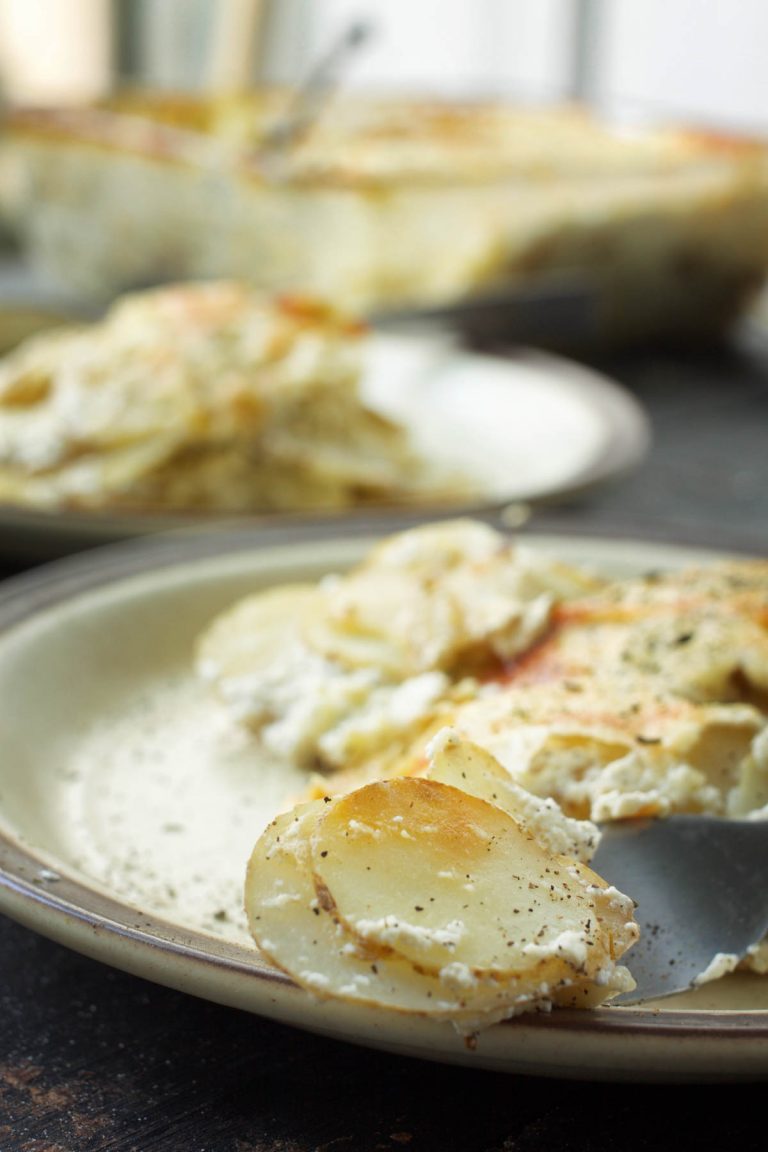



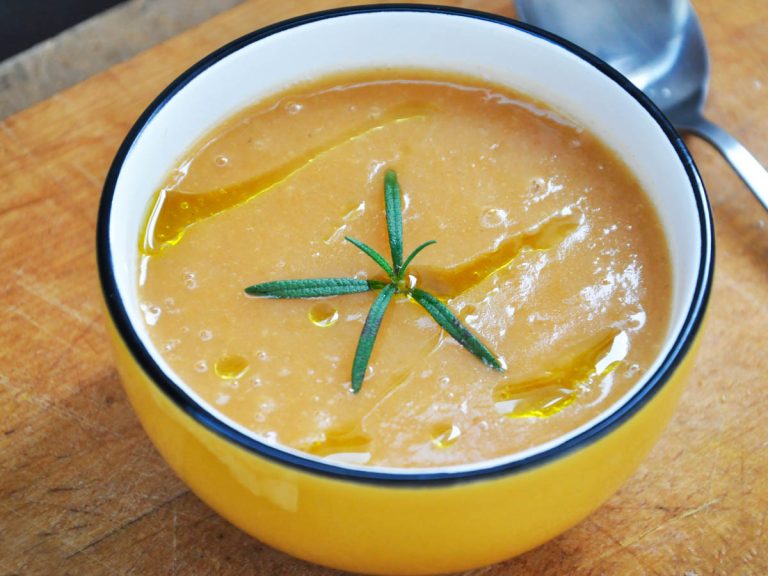
such a unique recipe, thank you for sharing it with us! 😍